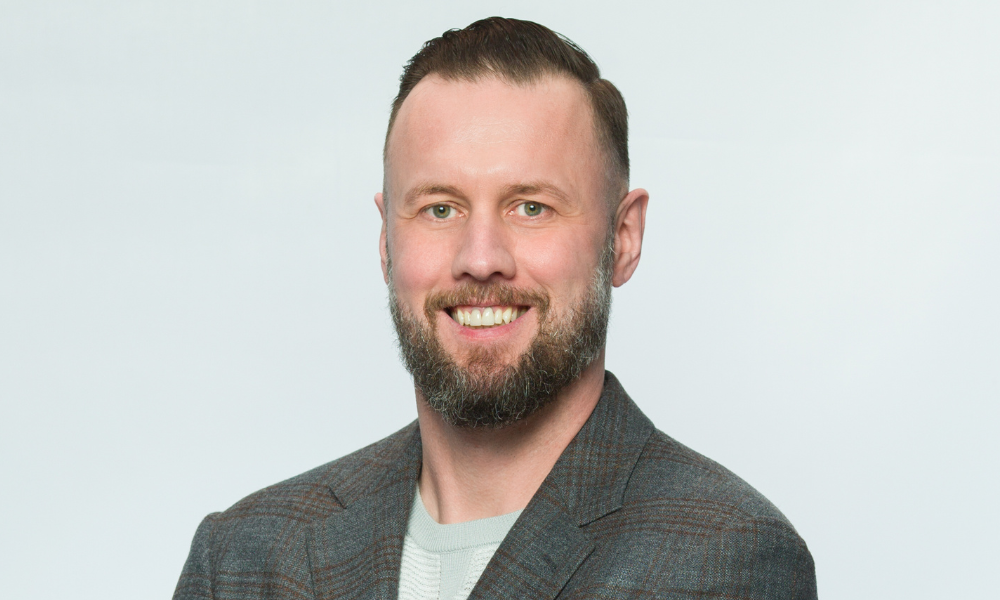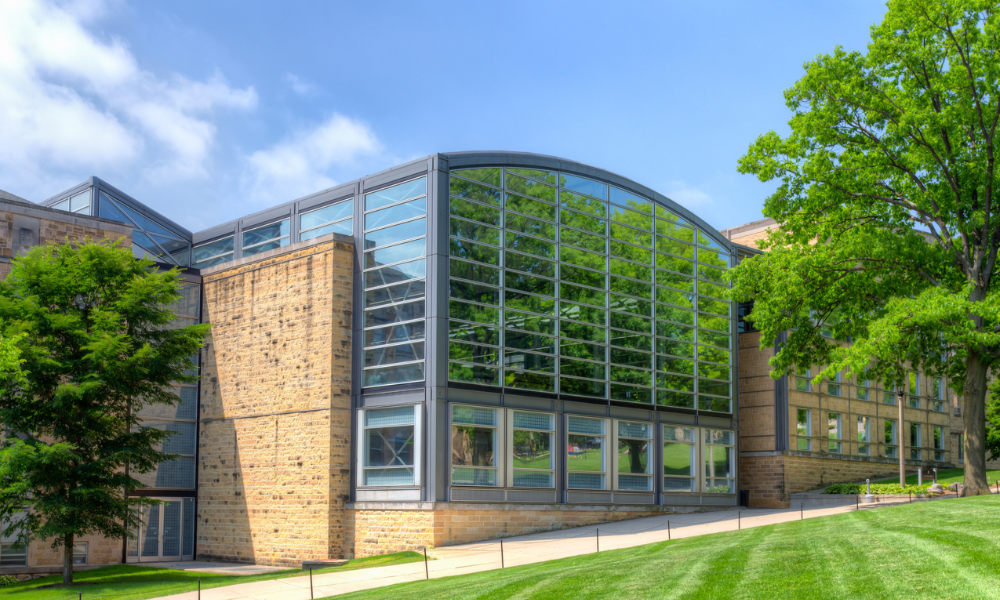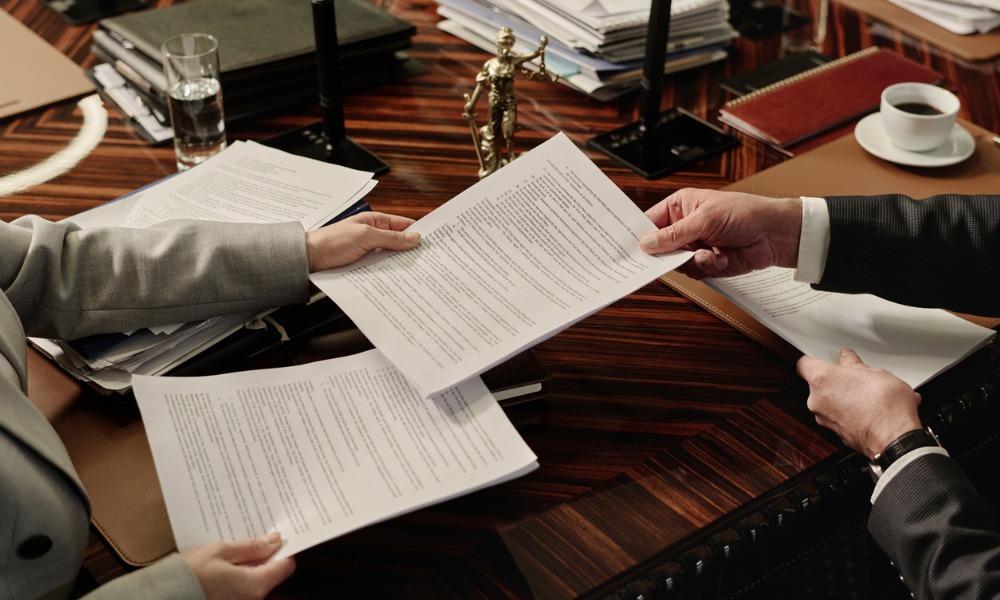The inquiry’s mandate was to conduct a systemic review of “policies, procedures, practices, accountability and oversight mechanisms, quality control measures. and institutional arrangements of pediatric forensic pathology in Ontario from 1981 to 2001 as they relate to its practice and use in investigations and criminal proceedings” along with related legislation and statutes. Presided over by Justice Stephen Goudge, the inquiry was established to probe the dubious conclusions in 45 child autopsies, conducted by self-aggrandized and now-infamous former pediatric pathologist Dr. Charles Smith, in which the causes of death were concluded to be criminally suspicious.
An earlier coroner’s review found Smith’s conclusions in 20 of those cases, 13 of which led to criminal convictions, to be questionable, prompting the province to call the inquiry.
It’s by no means the lengthiest inquiry — the one, headed by Justice Fred Kaufman, investigating circumstances in Guy Paul Morin’s wrongful conviction for the murder of young Christine Jessop continued for 146 days, with 120 witnesses, and yielded more than 100,000 pages of documentation. However, Goudge’s mandate is perceived as further reaching because of the number of deaths involved. “The advantage Justice Goudge has over other inquiries is that most inquiries focus on one wrongful conviction and the commissioner has to extrapolate from one to identify systemic problems and make recommendations to remedy them,” observes Frank Addario, president of the Ontario Criminal Lawyers’ Association, which was granted standing at the inquiry. “Here, he has the advantage of a macro sample of more than a dozen cases where incorrect, improper, or unprofessional evidence was given, so he’s able to evaluate it from a much broader perspective. That advantage, we hope, will lead to wider, more effective, and long-term changes to the way the system receives and evaluates forensic evidence.”
During the inquiry, lawyers held policy roundtable discussions on topics beyond pediatric pathology, including the judicial system and expert scientific evidence, the delivery of forensic pathology services, the organization of death investigation, and the roles of the Crown, defence, and the court. The inquiry even went on the road to host a two-day session in Thunder Bay, Ont., that focused on pediatric pathology services in Northern Ontario, with a full day dedicated to aboriginal concerns.
Throughout the process, lawyers and the general public have been able to watch proceedings live by webcast, while transcripts and submissions have been made available in timely fashion on the inquiry web site. “This is a very progressive development,” says Addario, a criminal lawyer at Sack Goldblatt Mitchell LLP. “It likely means much of that stuff has been memorialized forever.”
The inquiry piqued the interest of lawyers across Canada, many of whom are hopeful the ensuing recommendations will affect real change universally. “It is a field of science that appears to have very little, if any, foundation,” says David Lutz, a criminal lawyer and partner at Lutz Longstaff in New Brunswick, of pediatric forensic pathology.
Lutz, also treasurer of the Canadian Council of Criminal Defence Lawyers, says a lack of available education for pediatric forensic pathologists, in particular, means juries are rendered gullible, as they were in the cases involving Smith. “Jurors would have been overwhelmed by his opinion,” he says. “Jurors are people who can’t find a way out of being a juror; that’s why they’re jurors. They are people who are by definition not in the profession. No disrespect intended, but they are people who have no particular education being jurors. So when they hear of a doctor’s eminent qualifications, they believe it.”
Lutz suggests the problem be remedied by creating a system to attain pediatric pathology credentials within the medical profession. “One of the recommendations is going to have to be that if you are gong to be a pediatric pathologist, you’re going to have to have the best training in the world, and I’m not sure that that exists at the moment,” says Lutz, who has been counsel in more than 4,000 trials during his career, two dozen of which involved murders. “It has to be made an extreme specialty by the medical schools, so that, in the future, a person will be able to say, this is my degree in pediatric pathology, rather than, this is my experience in pediatric pathology. That’s like years away.” However, the Royal College of Physicians and Surgeons has said it is currently developing a program to certify forensic pathologists in Canada.
Until that happens, Lutz says, in certain murder cases, with so much at stake, lawyers might choose to avoid putting a client’s fate before a jury. “My recommendation, having seen what has gone on in the past, is lawyers would be wise to, whenever possible, choose the judge-alone option.”
Richard Fowler, a partner at Vancouver’s Gibbons Fowler Nathanson, wants to see forensic pathology become not only specialized but also completely independent. “Instead of witnesses for the Crown or defence, they should be witnesses for the court, and that should be their attitude — that they are objective scientists and not witnesses called by one particular party,” he says, acknowledging a similar recommendation emerged from Kaufman’s report in Morin’s wrongful conviction.
Fowler, who acted as lead counsel for an accused in the Air India case and successfully defended former B.C. premier Glen Clark on fraud charges, took particular note of Smith’s testimony during the inquiry, if only to marvel at the extent of his dishonesty. “Smith is in one sense an isolated case,” Fowler says, “but if that ever happens again, are we going to have a system to catch that?”
He suggests it’d be practical, and likely inexpensive, for respective jurisdictions across Canada to contribute to a database of experts and their testimony. “Right now it’s up to individual lawyers to hunt around and say, hey, have you heard of this doctor and has he testified before?” A database would let a lawyer see patterns in a theory or determine if an expert works too closely with police. “A personal concern that I have is that I think the police play far too active a role during the autopsy,” he says. “They’re usually present; they usually share with the forensic pathologist their theory of what has taken place so far. And so the pathologists’ reports are either consciously or subconsciously tailored to what it is the police say their theory of the case is. That is a problem because a pathologist’s report has to be completely objective to be of any use to anyone.”
Indeed, the notion of separating information provided by police with forensic pathologists involved in a case is one of the recommendations being submitted to the Goudge inquiry by the Criminal Lawyers’ Association. More specifically, the association is calling for all information provided to forensic pathologists to be formally documented and provided to the defence. “In our view, if they are going to get extraneous information, it should be all properly documented,” says Mara Greene, one of four lawyers who testified at the inquiry on behalf of the CLA. “We all recognize there is this thing called confirmation bias.”
Greene says that, while the chief forensic pathologist of Ontario, Dr. Michael Pollanen, has introduced guidelines to enhance accountability since Smith’s follies, the association’s recommendations include additional checks to ensure procedures are followed. The CLA stopped short of formally recommending autopsies be visually recorded after pathologists testified at the inquiry they’d object. “There has to be some method to ensure all samples are retained, recorded, and accessible,” she says. “It seems that when Smith was doing them he ended up being able to bring a hair back to his own house,” she adds, aghast.
A thorough and accessible system would ensure counsel could provide their own experts with meaningful information. Says Greene: “In order to get a second opinion you really need to review the first autopsy. You need proper preservation, proper photographs, tissue samples, fluids, clear documentation of the route to the conclusion.”
She says the CLA is also formulating a position for changes to reciprocal-disclosure requirements that compel defence counsel to provide the Crown with information about the experts it intends to call. “There’s a real problem with that, because an accused has certain constitutional protections in his or her trial, and reciprocal disclosure invades those protections,” says Greene. During the inquiry, lawyer Marlys Edwardh testified the defence often enlists experts that, depending on the turn of events at trial, may never be called, so “to require anything else before the Crown closes its case, I think raises very profound and significant constitutional issues.”
The CLA is also calling for a joint educational program in forensic pathology available to both the defence and Crown, and funded by the attorney general. “There’s no forensic pathology class in law school, no science class,” Greene points out. “So in order to be educated you have to do continuing legal education, and these programs cost a lot.”
Not all of the CLA’s recommendations are precise. “One big issue we’re addressing in our materials is, how do you deal with evidence that goes into the community where there is clear controversy,” queries Greene. “If the experts can’t even agree, how is a jury going to agree?”
Addario adds that the association will ask, yet again, for more legal aid funding. “The chronic underfunding of the Ontario legal aid plan, which in turn enables the majority of criminal defendants to litigate homicide cases, has to be addressed as an issue of adjudicative importance.”
He also says that, ideally, autopsies should be recorded. “We’re completely dependent on the integrity and the visual accuracy, or recording accuracy, of a pathologist who might do a hundred autopsies between the time he did mine and the time he’s testifying about mine in court,” he says. “If autopsies are recorded on videotape, then I can take that DVD and send it to any forensic pathologist in North America or Europe and say, ‘Did what he saw and what he did support it?’ I can show it to a jury.”
Goudge is to deliver a final report to Ontario’s attorney general by the end of September, and Addario, whether he gets his wish for recorded autopsies or not, is optimistic. “Justice Goudge is smart, sober, and sensible,” he says, confident the bigger picture at stake won’t be overlooked. “It’s impossible to decouple what happened there with the wider issue of wrongful convictions. We can’t keep combing our hair and looking in the mirror and being surprised that we’ve got a cowlick. We know. We should be dedicating ourselves to eliminating that.”










